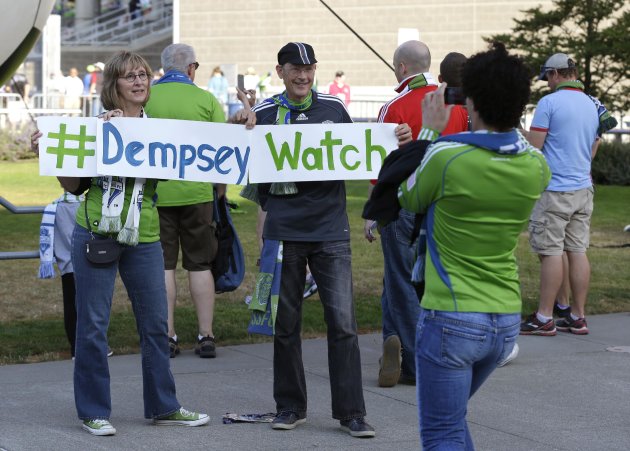
Hashtags are so ubiquitous now that even Jimmy Fallon and Justin Timberlake are mocking them. Following in Twitter’s footsteps, Facebook (FB) incorporated the hashtag this year. And a March 2013 survey by RadiumOne found that more than half of mobile-device owners regularly use hashtags.
So it’s hard to believe that at one time, hashtags weren’t a part of the Twitter lexicon. Not only that, but Twitter initially rejected the idea of hashtags.
The invention of the hashtag is credited to Chris Messina. The 32-year-old has worked as a developer and UX designer at Google (GOOG) but left in August to join the San Francisco based startup NeonMob. In his Twitter bio, Messina refers to himself as the hashtag godfather.
On Aug. 23, 2007, Messina sent out the following tweet:
The hashtag was based on the idea of channels used in Internet Relay Chat and in Jaiku, a Twitter competitor that was later bought by Google. But the real inspiration, according to a blog postMessina wrote in 2007, was that he wanted to have a “better eavesdropping experience on Twitter.”
In the blog post, Messina elaborated what he wanted these “channel tags” to do:
“What’s really interesting, however, i[s] how these channels can be used as tags within Twitter to open up entirely new possibilities.
Every time someone uses a channel tag to mark a status, not only do we know something specific about that status, but others can eavesdrop on the context of it and then join in the channel and contribute as well. Rather than trying to ping-pong discussion between one or more individuals with daisy-chained @replies, using a simple #reply means that people not in the @reply queue will be able to follow along, as people do with Flickr or Delicious tags. Furthermore, topics that enter into existing channels will become visible to those who have previously joined in the discussion.”
In the post, Messina even mocked up some pages depicting what “tag channels” would look like. Yet when he initially mentioned the idea to Twitter, he was turned down.
“[Twitter] told me flat out, ‘These things are for nerds. They’re never going to catch on,’” Messina said in a phone interview.
The use of hashtags became mainstream after October 2007, when citizen journalists used them to give updates about a series of forest fires in San Diego. Messina said he sent a private message to one of the men covering the fire, Nate Ritter, asking him to use the hashtag #sandiegofire.
“That was one of the really great examples of citizen journalism aided by the use of the hashtag,” Messina said.
In 2008, conservative politicians in the U.S. started using the hashtag #dontgo to keep Congress in session to vote on an energy bill.
Now, Twitter has a whole guide on how to use hashtags. The company doesn’t mention Messina but says the hashtag “was created organically by Twitter users as a way to categorize messages.” Twitter wouldn’t formally comment on hashtags.
“Maybe 20 years from now hashtags will seem quaint, but they’re solving an important problem today,” Messina said, “allowing people to express more about the content they share in order to connect with more people.”
Hashtags are now used to chronicle events from Syria to the Emmys, to the SuperBowl to the government shutdown. When Kate Middleton went into the hospital to deliver the #royalbaby, the hashtag was used more than 900,000 times, according to Twitter.
They have also spread to other social networks, like Google+ and Facebook, something Messina said he is happy to see.
“I’m happy to see the Facebooks of the world … build on the hashtag, like URLs before, but in a way that really makes the conversation that much richer and that much more diverse,” he said.
original site
No comments:
Post a Comment